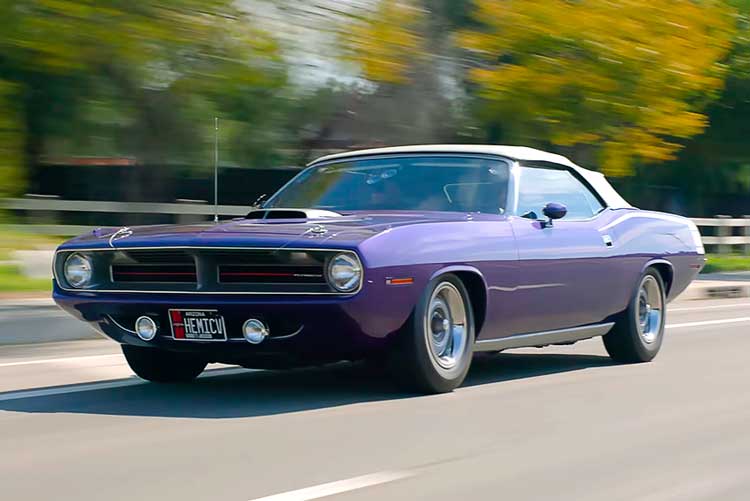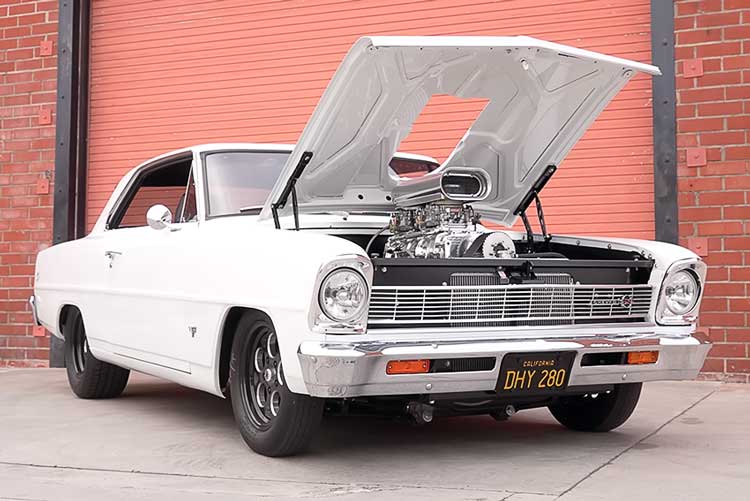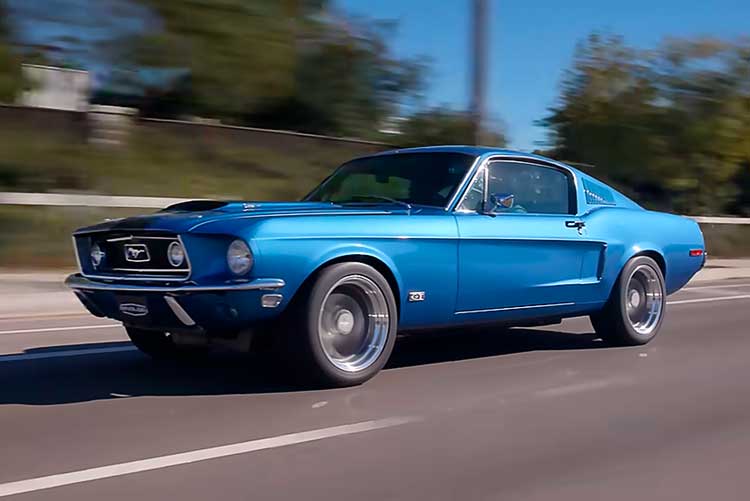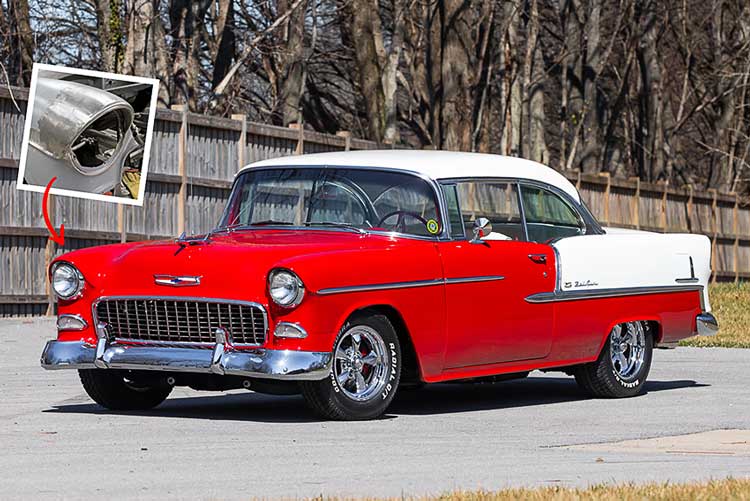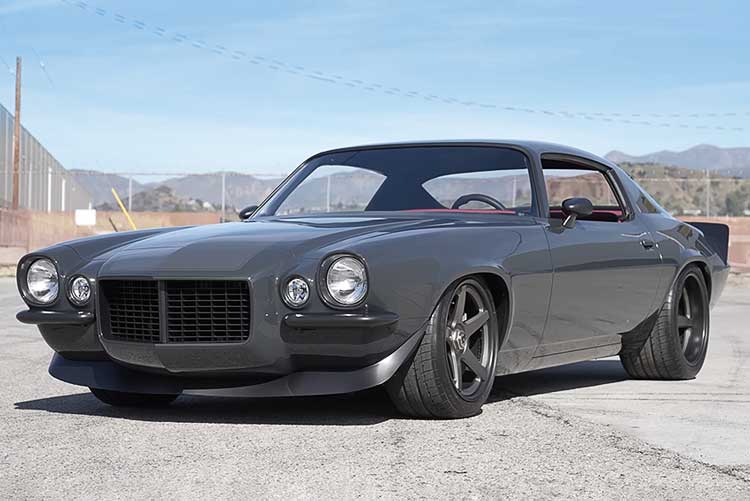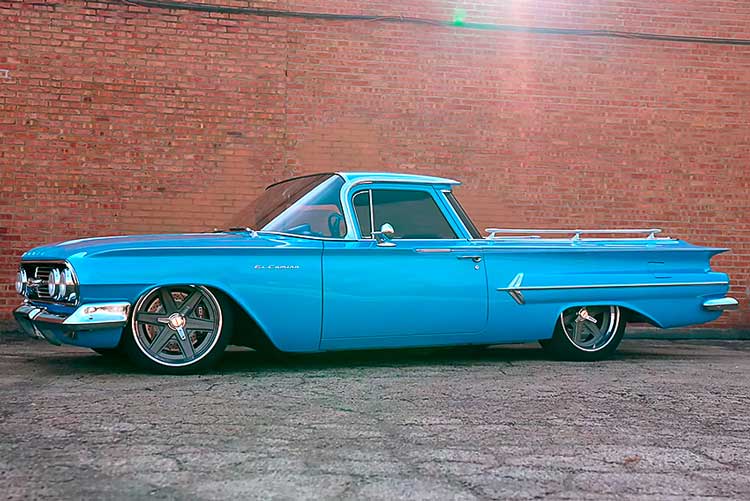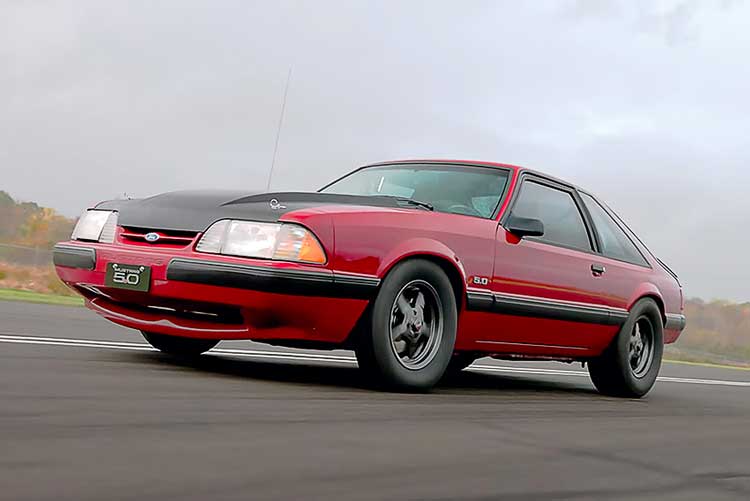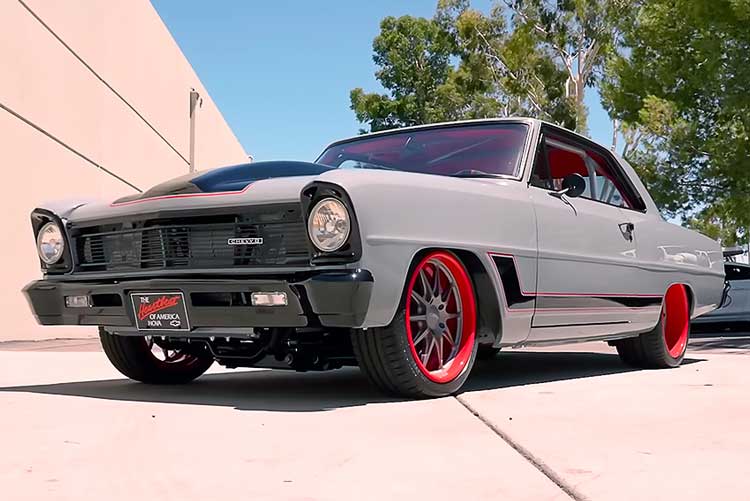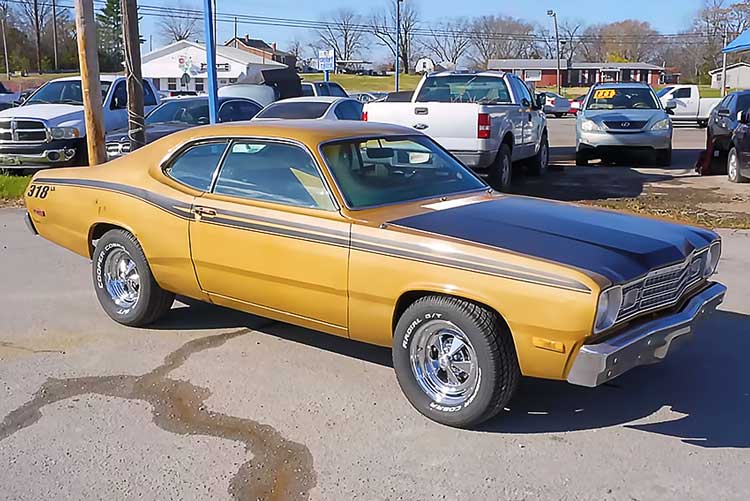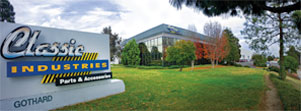"When you think of muscle cars, if there's a Holy Grail, it probably has to be this: the 1970 Hemi 'Cuda," said Jay Leno. On a recent episode of Jay Leno's Garage, Leno met with Craig Jackson, the Chairman and CEO of the famous Barrett-Jackson Auction company. Jackson is the owner of this stunning, all-original Hemi 'Cuda, and he explained to Leno how he came to own this very special car. Despite its rarity and multi-million-dollar value, Jackson still drives and enjoys it.



